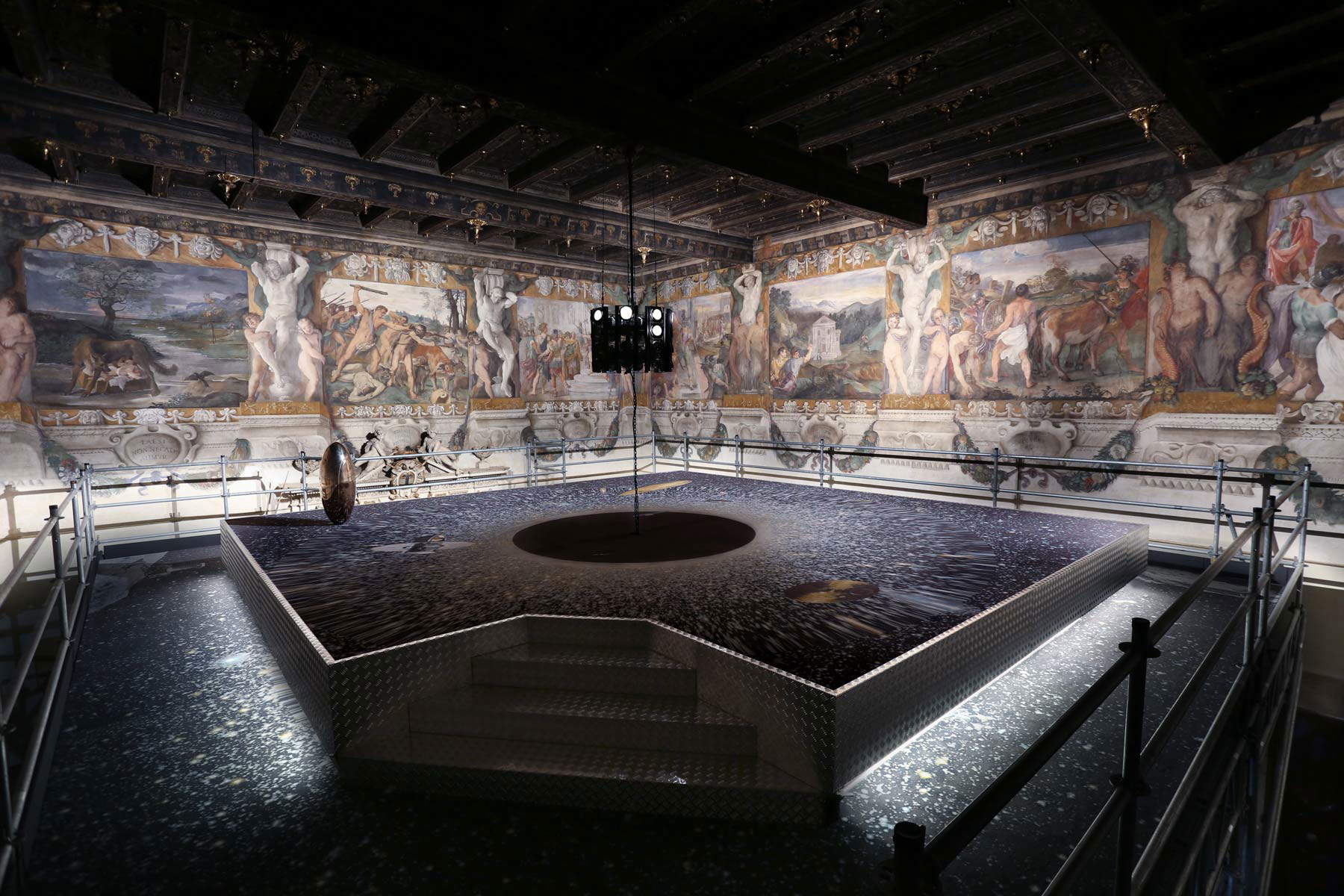Young artists must anticipate tomorrow and offer out-of-the-box interpretation
Collecting contemporary art is a relational process, complex in its balance but at the same time organic in its development, which is exercised within a globalized art system in which time and distance are not considered limiting factors for the expansion of the network of relationships and the dissemination of content. This has been demonstrated, in fact, by the two difficult years of the pandemic during which due to the restrictions on the movement of people and things (and consequently also of artists, collectors, works...) the relational process has been reshaped to adapt to an unprecedented scenario based on distance relationships mediated by technological tools.
From a certain point of view, the sudden and unpredictable impasse was even a stimulus to start thinking about a new growth model, alternative to the usual process dynamics. I am referring in particular to the massive, more conscious and functional use of new technologies, which allow, for example, near real-time communication, greater accessibility to shared content, broadening the catchment area from practitioners to the general user, achieving compatibility in the exchange of data in digital format, and so on... Social networks and online sharing platforms have quickly become the fertile territories where to cultivate relationships, activate confrontation, and regain visibility; and it is precisely in these non-places of the net, which collect and disseminate content and images in a community of profiled users, that younger artists have skillfully moved, managing to intercept collectors ’at a distance’ in search of emerging talents to invest in. In facilitating direct contact, the generational factor plays in favor of both, that is, the habit of forming relationships casually, and without too much distrust, from a device or through the web interface.
Limiting the field of reflection to the area of Digital & Media Arts, which pertains to the artistic programming of Fondazione Modena Arti Visive, a further important piece is added in the construction of the peer-to-peer artist-collector relationship: the ’digital native’ nature of the works themselves for which expressive language and technical instrumentation move from the same premises, intellectual on the one hand and technological on the other. The works, therefore, self-promote themselves, showing the user the aesthetic and linguistic potentialities of technology and always leaving the artist (and his audience) the discretion to investigate them using his own critical sense.

The young artist must be aware of the value of his or her work, which in order to be unequivocally contemporary should be able to anticipate the actuality of tomorrow by offering an interpretation outside the usual patterns of its logical development. On a national and international level, a new generation of activist artists is growing, who through the Internet and new technologies rework in artistic form the pros, but above all the cons, of a complex and conflicting society, in rapid and continuous evolution, in which by paradox the centrality of man has already been challenged by the technological and social achievements it has itself achieved. Emerging artists are questioning the interaction between humans and robots (cyborgs), the relationship between brain learning and artificial intelligence, the boundary between individual freedom and mass surveillance, and between hyper-connection and the right to be forgotten, thus contributing to build each with their own aesthetics a common digital language capable of supporting the development of a collective critical consciousness for the conscious use of digital innovation in relation to its infinite potential.
The Italian talents I follow with particular interest are Pier Alfeo, auroraMeccanica, Pamela Breda, Paolo Cirio, Pamela Diamante, Federica Di Pietrantonio, Luca Pozzi, Quayola, Giulio Scalisi, and Salvatore Vitale, to name a few among emerging and middle career. On the international scene, however, the works of Refik Anadol, Marija Avramovic & Sam Twidale, Aria Dean, Sian Fan, Forensic Architecture, Geumhyung Jeong, Tabor Robak, Evan Roth, Rachel Rossin, Samson Young are notable.
What to suggest to an emerging artist? To focus on consistency in his or her artistic research path, combined with methodical investigation of the ’submerged’ components of current events, and not to give in to the temptation of transient fads and easy success.
Warning: the translation into English of the original Italian article was created using automatic tools. We undertake to review all articles, but we do not guarantee the total absence of inaccuracies in the translation due to the program. You can find the original by clicking on the ITA button. If you find any mistake,please contact us.





























